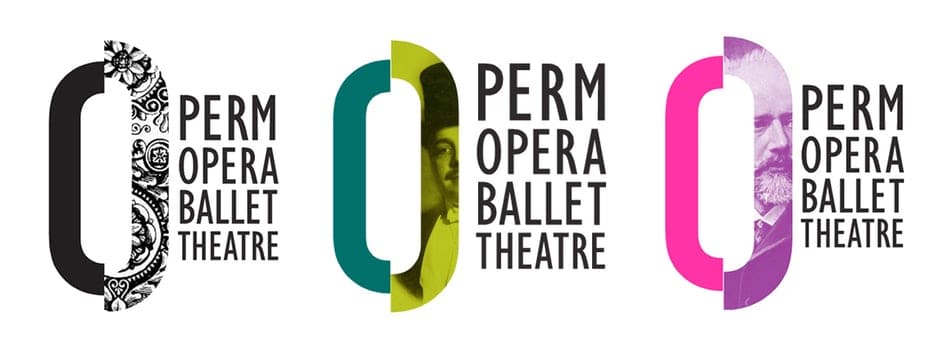A Concept with Options
In a society that is ever-expanding to embrace the ideology of “made to order,” the concept of “one-size-fits-all” is quickly becoming a thing of the past. One industry trend in particular that is quickly gaining traction across the branding field is the use of variable logos. Why limit an organization to a single homogeneous emblem, when a variable logo concept can drastically offer brands greater reach and overall stronger audience engagement?
What are Variable Logos?
A variable logo concept involves design and text elements that are interchangeable, synonymous and adaptable to various brand platforms in a handful of ways. This form of brand identification does not negate the purpose or value of a traditional single logo approach; rather, the use of variable logos helps to enhance a brand’s overall appeal and recognition potential among audiences. In his analysis of variable logos, Moses Kim — a content writer for Medium — emphasized the versatility granted by this approach to branding:
It’s no longer about being unique. It’s about being relevant, and how do you become relevant for everyone? — By being relevant for particularly no one… This [variable logo] approach allows the brand to speak to all types of customers without being associated with a specific style.
Depending on the occasion, variable logos can also be useful in individualizing a brand to a particular audience segment in a highly effective way.
Who is Implementing This Well?
Popular and well-implemented examples of variable logos can be seen across an array of cultures and industries. Russia’s Perm Opera Ballet and Theatre does an excellent job of depicting an “O” structure and font style that can be customized through color and imagery to fit its ever-changing event offerings. The iconic Coco Chanel brand is another key example: Its interlocking Cs, along with its custom logotype font, are recognizable elements used both harmoniously, and on a deconstructed basis, depending on the logo’s particular function. Recognition of the brand in no way suffers — and in fact, may be enhanced as a result of this strong group of variable logo elements.


In summary, the rise of the variable logo can only be expected to further saturate the future landscape of logo design. Establishing a means of brand identification that balances relevance and adaptability will be critical in providing value to an array of audience groups. This unique “made to order” approach to branding will become more necessary as customizable user experiences become a significant competitive element in grabbing the attention of consumers.
Contact us if you want to learn more about design trends, and what these might mean for your brand.
Reference
Kim, M. (2019, May 23). From personalized branding to variable logos. Medium. Retrieved
November 5, 2019 from https://uxplanet.org/from-personalized-branding-to-variable-logos-52dbaff49704
